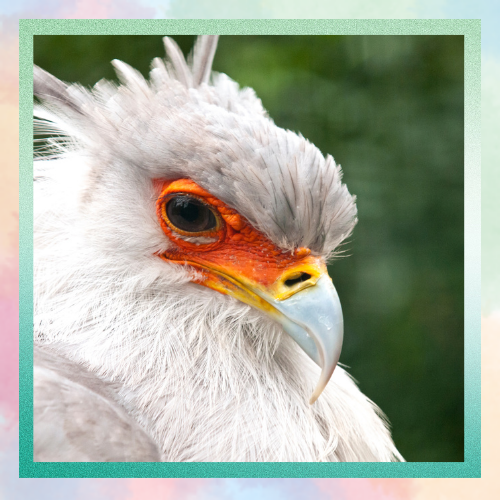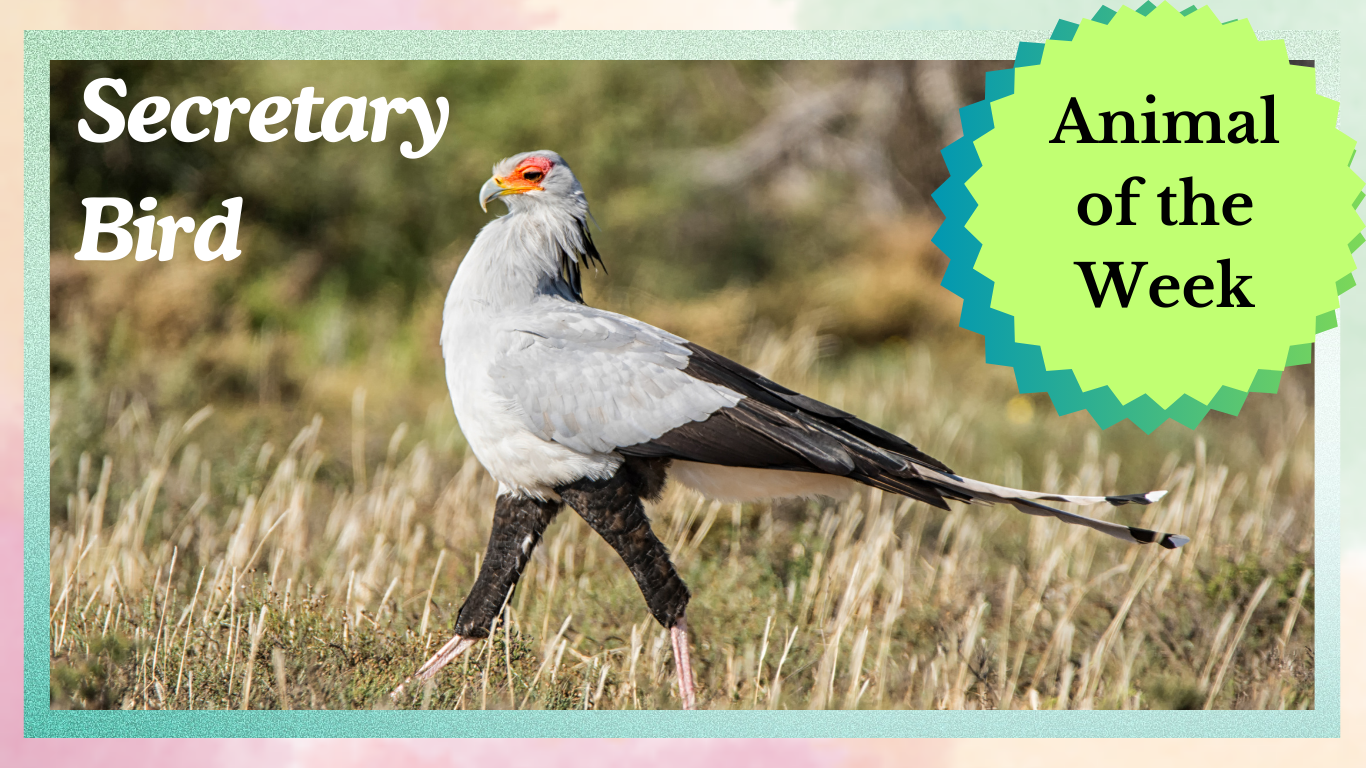The secretary bird (Sagittarius serpentarius) is known for its look and hunting skills in the bird community of Sahara Africa with its long legs and striking features including black plumes behind its head—a sight often seen in the grasslands where they hunt various prey types like snakes. An avian creature, with elongated limbs and robust striking abilities.
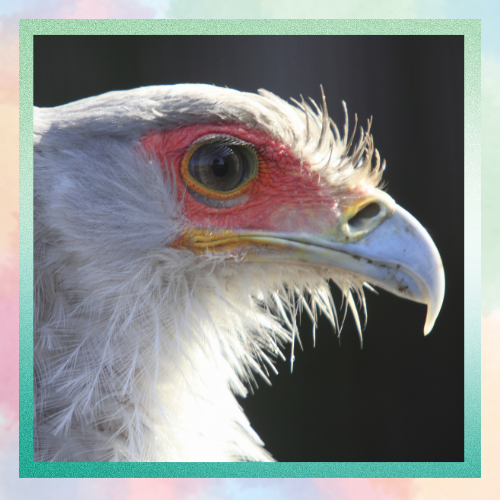

The standout feature of the secretary bird is its legs that set it apart from birds of prey which mainly hunt from the sky; this bird prefers hunting ground level targets instead.The secretary birds height reaches 4 feet thanks to its legs that provide an edge when navigating through tall grass to locate food. It relies heavily on these legs when going after animals, like snakes. Venomous ones such as cobras.The secretary birds remarkable skill, at taking down snakes involves an forceful series of kicks to overpower and eliminate its prey. Each attack packs power to exert a force five times than the birds own weight. Establishing it as one of the most effective snake predators in the natural world.
Secretary birds not just hunt snakes. Also prey on small mammals, birds, amphibians, and insects. Their diverse diet enables them to flourish in the environments they inhabit.
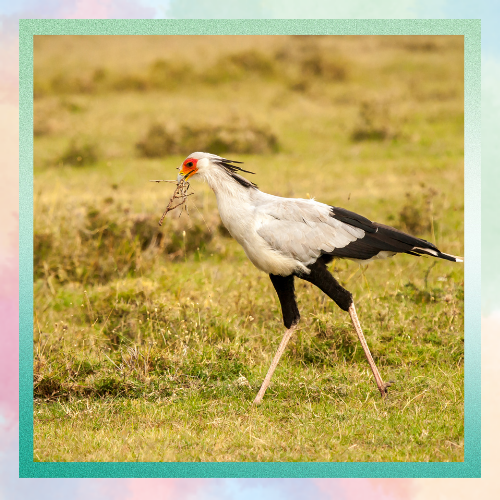
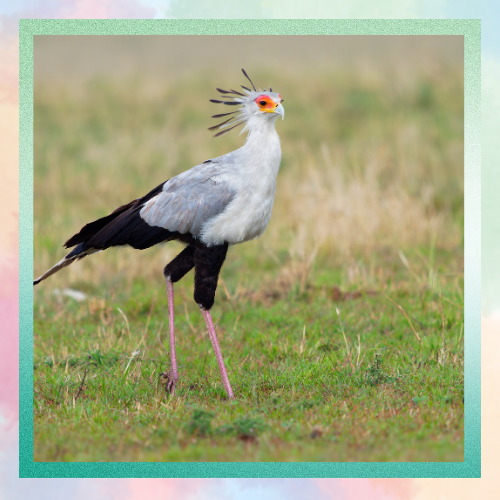
How did the name come about?
The name of the secretary bird has piqued interest, among researchers and enthusiasts due to its origins.The resemblance of the birds plumes to quill pens used by 19th century secretaries is one theory that has captured attention. Another suggestion is that the name could have stemmed from the term “saqr et tair ” which translates to “hunter bird ” a description for this skilled predator.
Abilities for Air Travel
Secretary birds are known for their flying abilities despite staying grounded in savannas and using warm updrafts to soar and rest in tall trees such as acacias before gracefully taking flight when necessary.

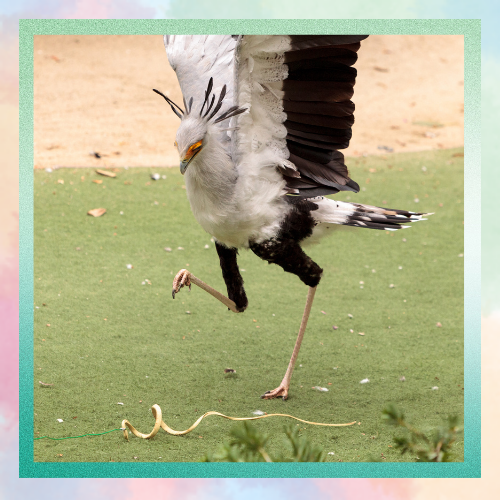
An Unconventional Approach to Hunting
The distinctive feature of the secretary bird compared to birds of prey lies in its hunting approach. Of swooping down like hawks or eagles do on their prey the secretary bird relies on its elongated legs to pursue and stomp on its target gracefully. Additionally, it has a tendency to spread its wings widely as a tactic to intimidate its meal or protect itself from an assault. Once it captures a snake or small creature the birds robust beak delivers the strike showcasing its ability to adjust its hunting methods according to the specific type of prey encountered.
Interesting Tidbits About Secretary Birds
They are known not for their snake killing abilities but, for hunting various animals such as hares and insects and even tortoise.
The feathers of the secretary bird are firm and tightly arranged to serve as a form of armor that shields it from snake bites and other predators while hunting.
Secretary birds have a reputation for being long distance walkers, for trekking distances in search of food sometimes traveling up to 18 miles in a day.
Secretary birds can thrive for over 15 years when kept in captivity; however, their lifespan tends to be slightly shorter, in the wild because of environmental causes.
The secretary bird serves as Sudans symbol. Holds a prominent place on South Africa’s coat of arms to represent protection and the force of nature.
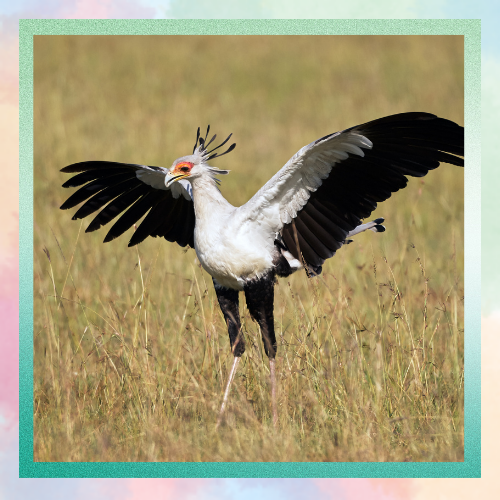
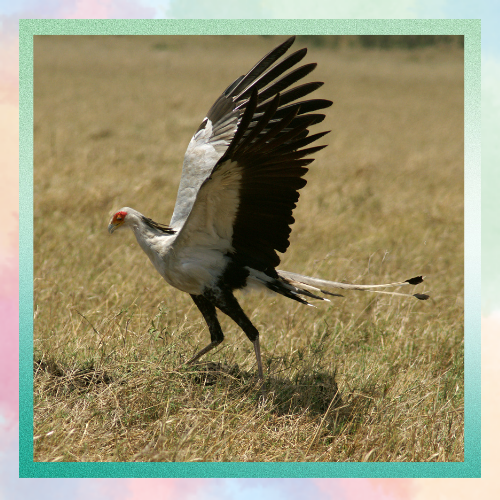
Bird Reproduction and Building Nests
Secretary birds usually construct nests up in the branches of acacia trees using sticks and various materials that they enhance over time by reusing them annually. Both male and female birds share the responsibilities of incubating the eggs and looking after the offspring. The chicks hatch approximately 45 days later adorned with soft down feathers and are nurtured by both parental birds until they are ready to take flight usually between 60 to 80 days of age.
Nature Preservation Status
Secretary birds have been classified as vulnerable by the International Union for Conservation of Nature (IUCN). Their numbers are decreasing because of habitat destruction caused mainly by growth and deforestation, as well as human settlement encroachment onto their territories.These birds are finding harder to find places to hunt and build nests due to the shrinking habitats they live in. Conservation initiatives have been implemented to safeguard their environments and raise awareness about their importance in the ecosystem.
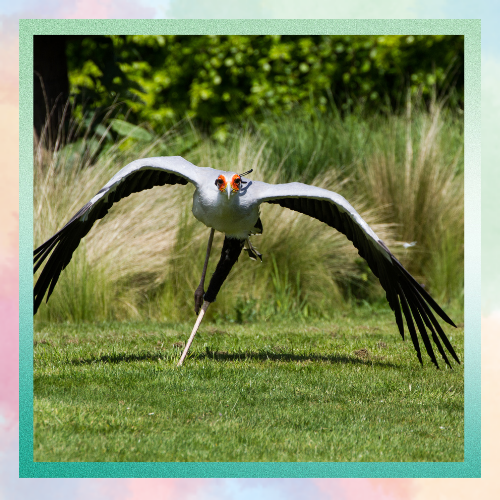
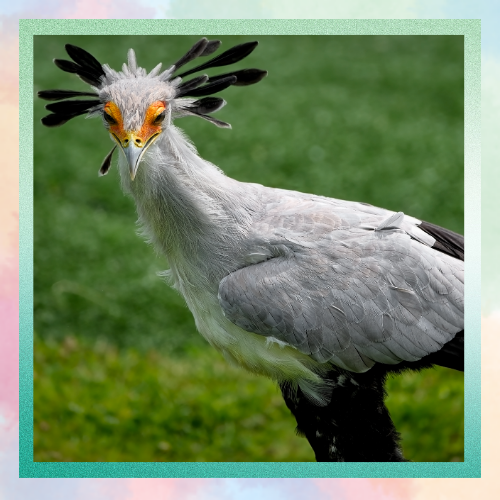
In summary
The secretary bird in Africa is truly captivating with its skills in hunting on land and its striking appearance that includes kicking abilities.These remarkable features have made it a symbol of strength across cultures and an intriguing predator that never fails to amaze those who get to see it in action in the wild.
References
• IUCN Red List of Threatened Species. https://www.iucnredlist.org/es/species/22696221/173647556
• Raptors of the World. https://archive.org/details/raptorsofworld0000ferg
• The Birds of Africa. https://dokumen.pub/the-birds-of-africa-6-1408190575-9781408190579.html
